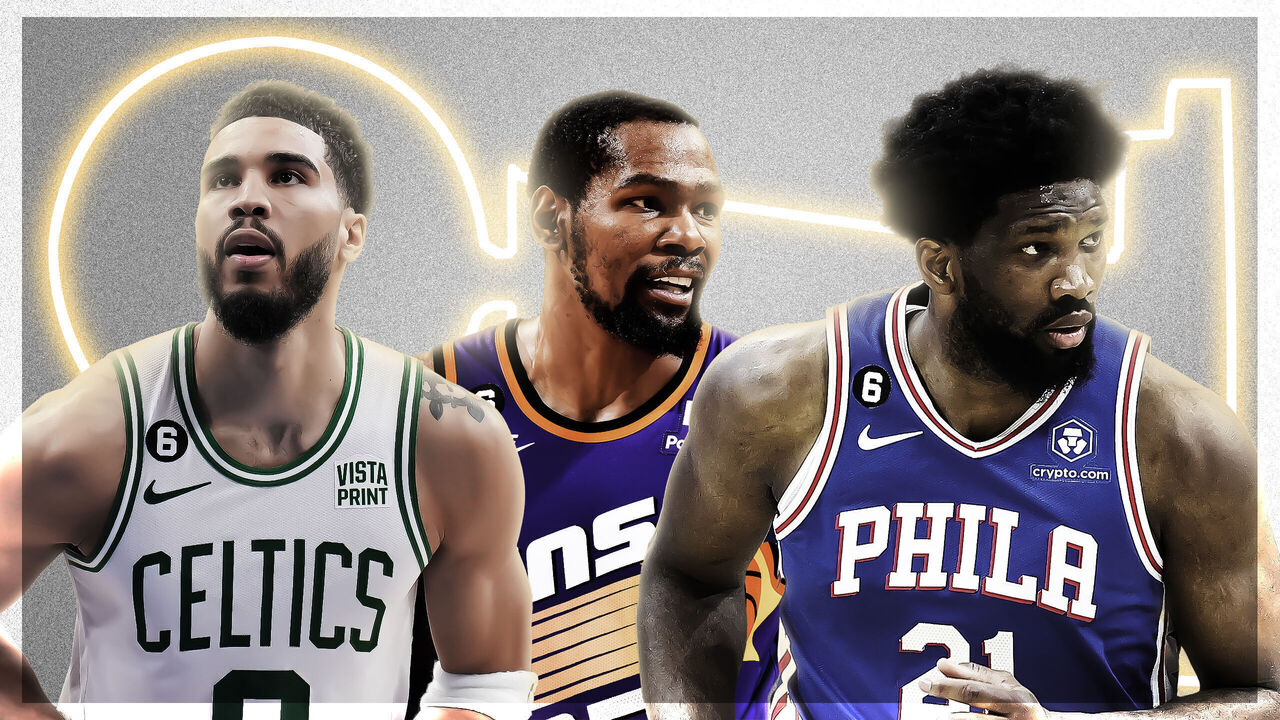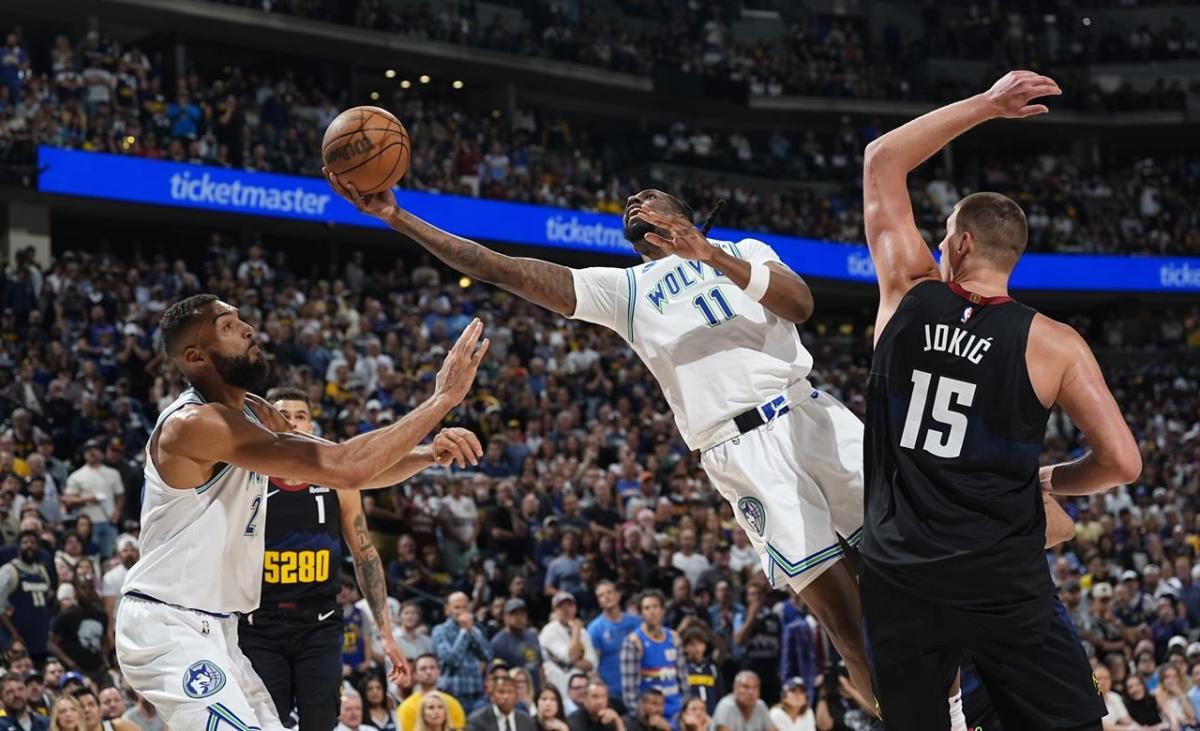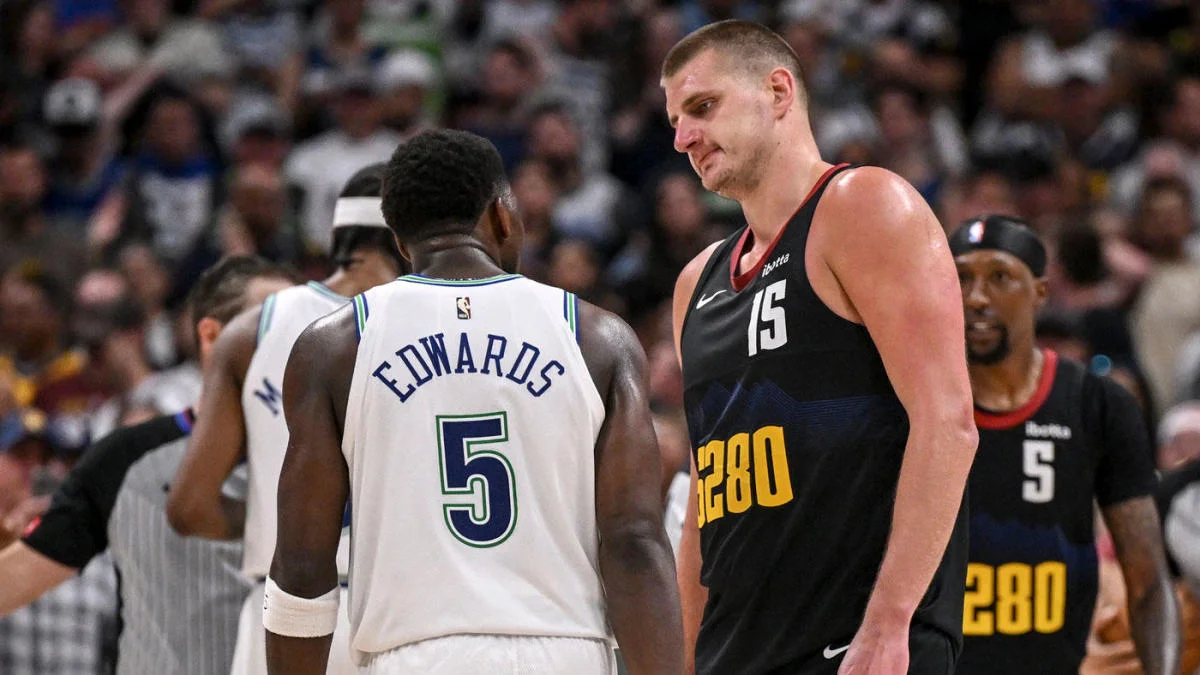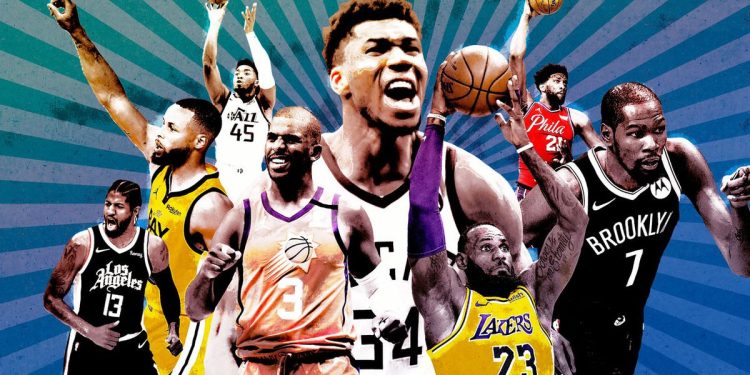In the realm of NBA professional basketball, an era marked by an exciting level of competition and unpredictability has emerged. Gone are the days when the Golden State Warriors and the Cleveland Cavaliers predictably clashed in the NBA Finals year after year.
This shift in the competitive landscape is best epitomized by the recent elimination of the Denver Nuggets. With a 98-90 loss in Game 7 to the Minnesota Timberwolves, the Nuggets have cleared the stage for a new champion to rise, continuing the trend that has seen a different team win the championship each year for the past six seasons.
This phenomenon signals a notable change in the league’s dynamics, one that NBA aficionados, who once lamented the repetitive finals matchups, now celebrate. As Michael Malone, the Nuggets’ coach, succinctly put it post-game, “We knew it was hard… With the rules being what they are now, it’s going to become even harder and harder to repeat as champions.”

The Role of NBA’s Evolving Rules in Promoting Competition
The NBA’s regulatory environment has played a crucial role in this shift towards greater parity. The implementation of the “second apron” for luxury tax teams is a prime example. This rule restricts teams from utilizing their mid-level exception on free agents or signing players in the buyout market after reaching a certain payroll threshold.
Such regulations are designed to prevent the formation of super-teams that dominated the league in the late 2010s, most notably the Warriors and Cavaliers.
These changes are not only fostering a more level playing field but also enhancing the competitiveness of the league as a whole. Teams like the Oklahoma City Thunder exemplify the new NBA ethos, where a path to contention appears more attainable and less dependent on amassing star-studded lineups through hefty financial outlays.

Spotlight on Emerging Talent and Future Stars
This season’s championship race is particularly notable for the absence of previous MVPs and the emergence of young talent poised to leave their mark. Players like Anthony Edwards, Luka Doncic, Jayson Tatum, and Tyrese Haliburton, all 26 years or younger, are not just participating; they are leading their teams toward potential glory.
As the playoffs progress, fans are witnessing the rise of future superstars who are defining their legacies in real-time. This shift not only revitalizes team dynamics but also reinvigorates fan bases across the league, offering a refreshing narrative that champions the underdog and celebrates new heroes.

A Reflection on the NBA’s Recent Champions and Their Struggles
Reflecting on the last five years, the plight of reigning champions has been notably grim. Not one has advanced past the second round of the playoffs following their championship win, a stark contrast to the repeat successes of the past.
This statistic underscores the increased difficulty of sustaining success in the modern NBA, where strategic planning, player management, and fiscal prudence have become as critical as the talent on the court.
As the NBA playoffs continue to unfold, the anticipation and speculation about which team will next hoist the Larry O’Brien Trophy are at an all-time high. With the playing field more level than ever, this postseason promises to be a testament to the league’s new era of competitive balance and the unpredictable journey to the pinnacle of professional basketball.










